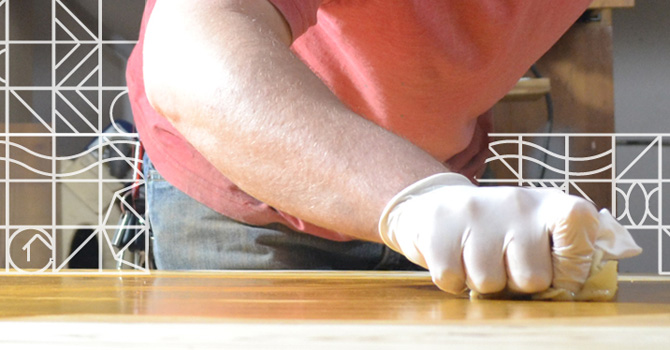What fuels the minds of people pursuing innovations to make the world a better, more just, more livable place?
Problems.
Many of my colleagues like to talk about opportunities. I love the hopefulness and energy that such consideration breeds. But my friends who are social innovators bring that same hopefulness to their discussion of problems. They are irritated by problems that diminish the quality of life for thousands of people. The irritation motivates experimentation, fundraising and risk taking.
Jeff Kaplan of Houston, Texas, saw a problem with the toxins in the “stuff” in our homes -- the paint that coats our walls, the beds where we sleep, the chairs where we lounge. He believes that, over time, the toxins compromise our health.
After getting into the business of manufacturing and selling nontoxic paint, Kaplan and his partners turned their attention to selling toxin-free home furnishings through their store New Living. Today, they are linking with local artisans to make such goods, joining forces with those who are chasing the problem of reviving job opportunities in economically depressed areas of their city.
Kaplan’s vision is to transform the home furnishings industry in the way that the local-sourcing movement is transforming restaurants and grocery stores. In essence, he wants to establish “organic” home furnishings as the standard.
My colleague Marlon Hall works with social innovators in Houston who are visual artists, musicians, chefs, teachers and more. They are chasing problems, from racism to malnutrition to homelessness.
A couple of years ago, Marlon saw that the Pleasantville community in Houston was downtrodden and feeling hopeless. The community had an illustrious past that had been forgotten -- a problem that Marlon diagnosed as “cultural amnesia.” He chased the problem by applying for a grant from the city to pay for the creation and installation of public art in the Pleasantville community, calling the project “Amnesia Therapy: Remembering Our Future.”
The installation consisted of six 4-by-6-foot aluminum panels featuring the likenesses of historical figures, both local and national, created by Houston artist Robert Hodge. Each panel had a bar code that could be scanned for more information.
Marlon is trained as an anthropologist and uses the skills of that discipline to deepen his understanding of a situation and then describe it. Those of us trained as pastors, counselors, teachers, engineers and the like have skills that can be deployed to listen carefully to a community and refine our description of a problem.
It’s what happens next that sets “social innovation” apart. Innovators chase a problem with solutions. They try something. They learn from failure and try again. When something works, they build on success by scaling to reach more people.
Innovators are often a surprising mix of impatient and patient.
They are impatient with experts talking about other people’s problems and endless meetings to discuss the issues. They are impatient with decision-making processes; they want to act. Yet they are patient with those experiencing the challenges, listening carefully to the story behind the story. They are patient with failure and ready to try again.
What problems are you chasing? Who helps you see the problems? How are you impatient? How are you patient?
The mindset of the social innovator is in the DNA of the church. For generations, the church was a community that identified community problems and started such institutions as hospitals, children’s homes and homeless shelters.
How do we encourage those chasing problems today? What artists, inventors, teachers, caregivers and others are we supporting to chase problems? How can we help identify them and participate with them in scaling the solutions that hold promise?








